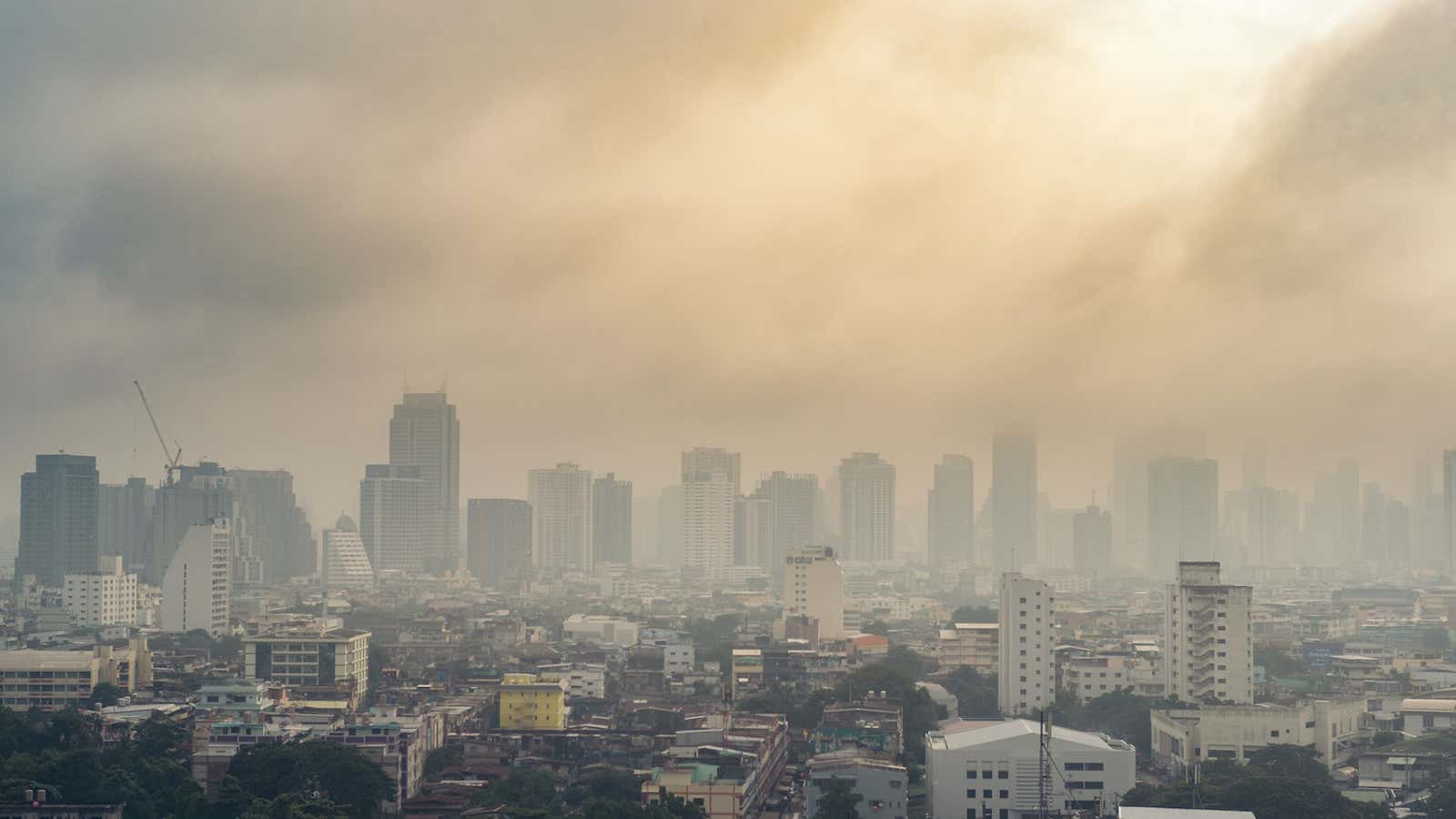How Poor Air Quality Affects COVID-19 Death Rates

Poor air quality has long been linked to increased health problems as well as premature death. Fine particulate matter, also called PM2.5, is a term for fine particles found in the air. We have long known that PM2.5 can enter the lungs, causing a range of problems such as asthma, bronchitis, heart attacks, strokes, and premature death from heart and lung disease.
Poor air quality linked to higher death rates from COVID-19
A recent study by the Harvard TH Chan School of Public Health, which analyzed about 3,000 US counties, or nearly 98% of the population, shows that long-term exposure to poor air quality is associated with higher death rates from COVID-19. In particular, a small increase in the amount of fine solid particles in the range of 1 g / m 3 associated with an increased mortality COVID-19 by 15%.
Given that one of the main symptoms of COVID-19 is shortness of breath and pneumonia, which can be especially severe for patients who already have lung problems due to poor air quality, these results are not too surprising. We already know that COVID-19 is especially dangerous for people with underlying medical conditions , which are caused by increased air pollution.
The Harvard study directly quantifies the impact of poor air quality on COVID-19 mortality rates in people in the United States and shows that the effect is severe, with only a small increase in particulate matter corresponding to higher mortality rates. These results are consistent with other studies in Europe, which also show increased mortality rates from COVID-19 in regions with higher levels of air pollution.
In the United States, given that blacks, Hispanics and low-income communities face a disproportionate amount of this pollution , this is also another way this pandemic is exacerbating pre-existing disparities.
Blockages led to short-term reductions in air pollution
Nowadays, as everyone is at home, air pollution has dropped by an unprecedented amount . People don’t drive, which means cars don’t emit particulate matter. This means that at the moment our air is cleaner again.
However, as Elena Kraft, senior director of climate and health at the Environmental Defense Fund , notes, this short-term decline in air pollution has been uneven.
“It’s not that all pollution levels are going down,” says Kraft, pointing out that ozone levels are still at levels that affect human health. Moreover, this short-term reduction will not reverse the chronic health effects of years of air pollution.
“This does not take into account the long-term damage caused by chronic exposure,” says Kraft.
What happens to air quality after quarantine ends?
What happens next when the insulation runs out and air pollution increases again? While China reported short-term declines in air pollution, those declines were short-lived and levels returned to pre-lockdowns.
According to the World Health Organization , air pollution kills about 7 million people a year under normal circumstances, with 91% of the world’s population living in areas that exceed recommended levels. This is a multitude of unnecessary deaths, in addition to which we are dealing with the consequences of a global pandemic.
Active deregulation of US air quality standards
This pandemic comes after a period of active deregulation of air quality standards in the United States , when a number of rules have been formally repealed, as well as many others that are in the process. Just a couple of weeks ago, when the link between COVID-19 mortality and air quality became known, the EPA rejected stricter particulate matter emission standards .
“In this context, it’s hard to believe they are choosing that,” says Kraft. “This is a full-scale attack on our health protection. This goes against the values we hold as a country. ”
As we move forward, and as we slowly recover from everything that has happened, we must remember that clean air is a public health issue that affects us all, not just during a pandemic.
“Everything is connected in one way or another,” says Kraft.